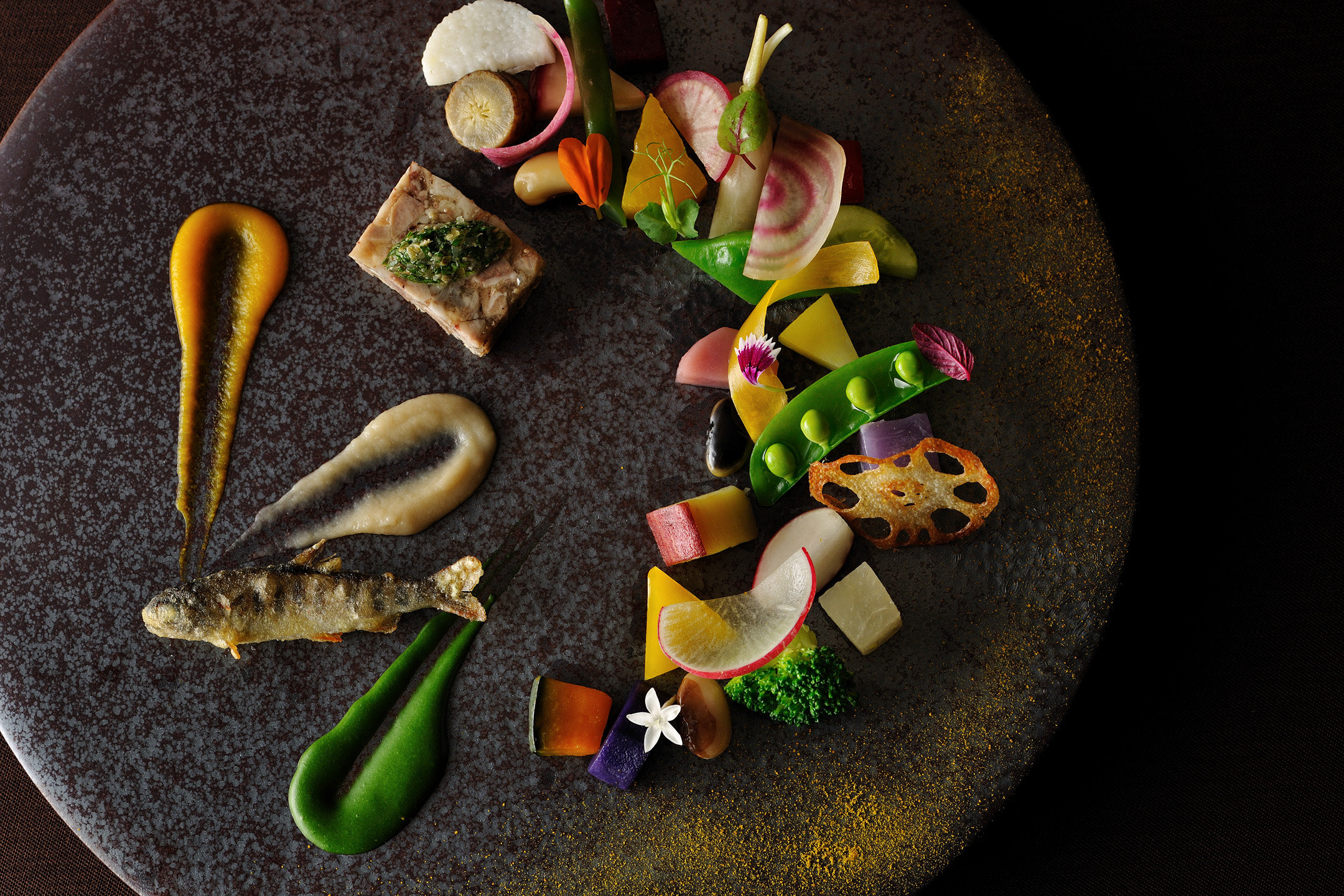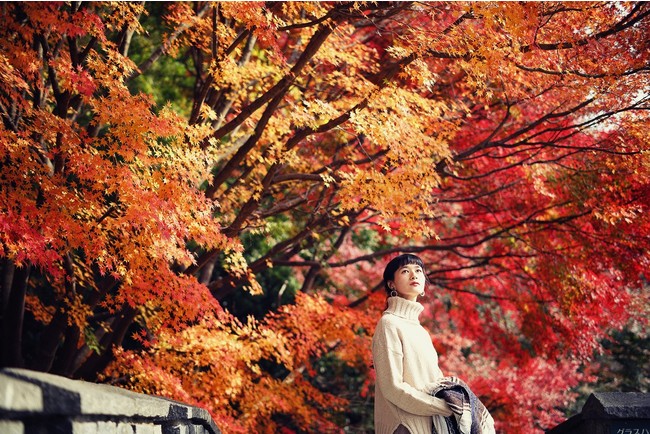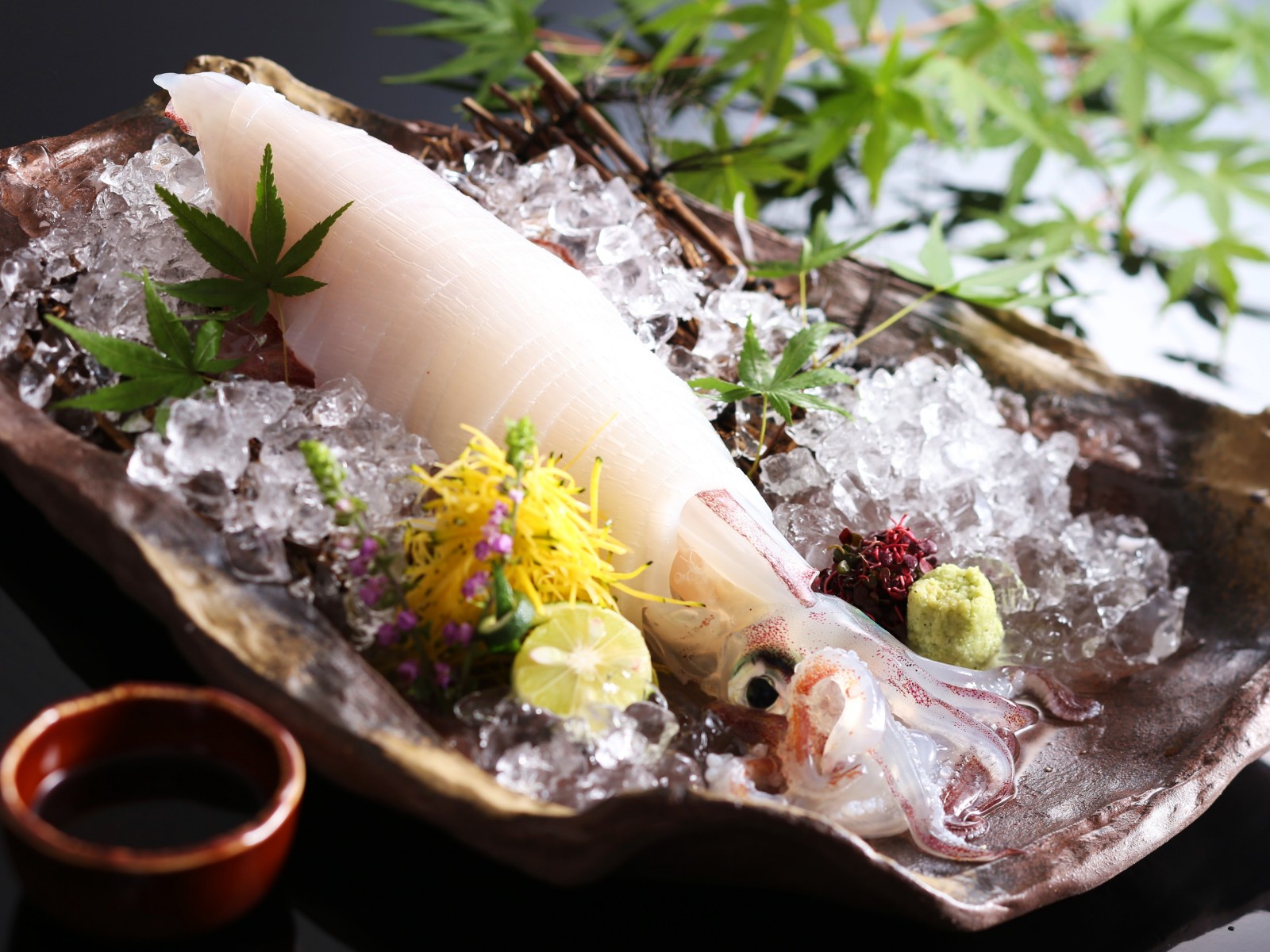At the state-run Musashi Hills Forest Park, which straddles Namekawa-cho, Hiki-gun, Saitama and Yangi, Kumagaya-shi, early spring flowers such as “ume” and “camellia” are now blooming in the park, and they are in a state of being in full bloom. The peak is expected to be early blooming red plums from late January to early February, the whole plums in late February, and camellia from late March to mid-April.
In Musashi Hills Forest Park, located in Hiki-gun, Saitama Prefecture and boasting a size of 65 Tokyo Domes, early spring flowers such as “ume” and “camellia” have begun to bloom in the park.
Please enjoy the early spring flowers, where you can feel the early spring.

Camellia "Satsuma" (taken on January 9, 2020)
With about 400 varieties of camellia collections, including the rare classical Edo camellia, the park’s camellia garden is home to about 1,000 camellias and sasanquas.
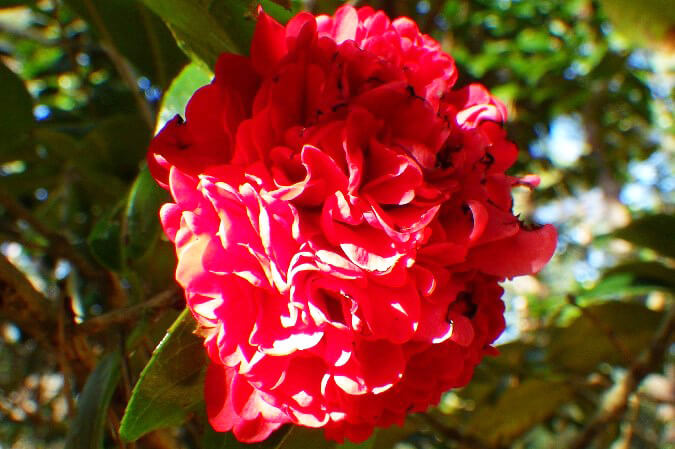
Camellia "Himejishi" (photographed on January 9, 2020)
In the camellia garden of the National Musashi Hills Forest Park, you can see the trees blooming in a natural tree shape under a large pine forest. In the backyard and second nursery of the urban greening botanical garden, which is open to the public until spring, you can admire the flowers that have been made compact up close.

Area where Camellia and Sazanka can be seen (National Musashi Hill Forest Park)

Plum "Yae Kankou" (taken on January 9, 2020)
Approximately 20,000 square meters of “umerin” are planted with 500 umes of about 120 varieties, making it one of the largest in Japan.
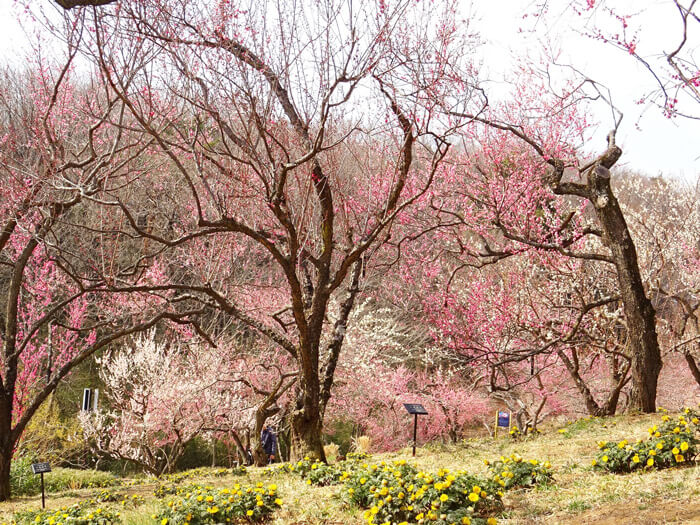
Plum "Yae Kankou" (taken on January 9, 2020)
You can see the flowers for a long time because the varieties change and bloom, but late March to mid-April is the most gorgeous season.
Please confirm the latest flowering information on the official website.
>Musashi Hill Forest Park Official Site
In addition to camellias and plums, “Rawby” is characterized by its texture and fragrance like wax, “Frozen lily (Casablanca)”, which has been bloomed late by freezing bulbs, and “Snowdrop” ”And other early spring flowers are blooming in the park.

Rowby (taken on January 10, 2020)

Snowdrop (taken on January 10, 2020)
1920 Yamada, Namerikawa-cho, Hiki-gun, Saitama
・ 3 / 1-10 / 31… 9: 30-17: 00
・ 11/1 ~ 11/30… 9: 30 ~ 16: 30
・ 12/1 ~ 2/29… 9: 30 ~ 16: 00
<Closed days>
・ New Year holidays (12/31, 1/1)
・ 3rd and 4th Monday of January
<Access>
● North Exit Bus Stop from Tobu Tojo Line “Forest Park” Station
・ Take the “Forest Park South Exit” (operates only on Saturdays, Sundays and public holidays) and get off at the last stop
・ Take “Kumagaya Station South Exit” or “Rissho University”, get off at “Forest Park West Exit” Or get off at “Namekawa Junior High School” and walk about 5 minutes (South Exit)
● South exit bus stop from JR Takasaki Line and Chichibu Railway “Kumaya” Station
・ Take “Forest Park” and get off at “Forest Park West Exit” or “Forest Park South Exit”

























